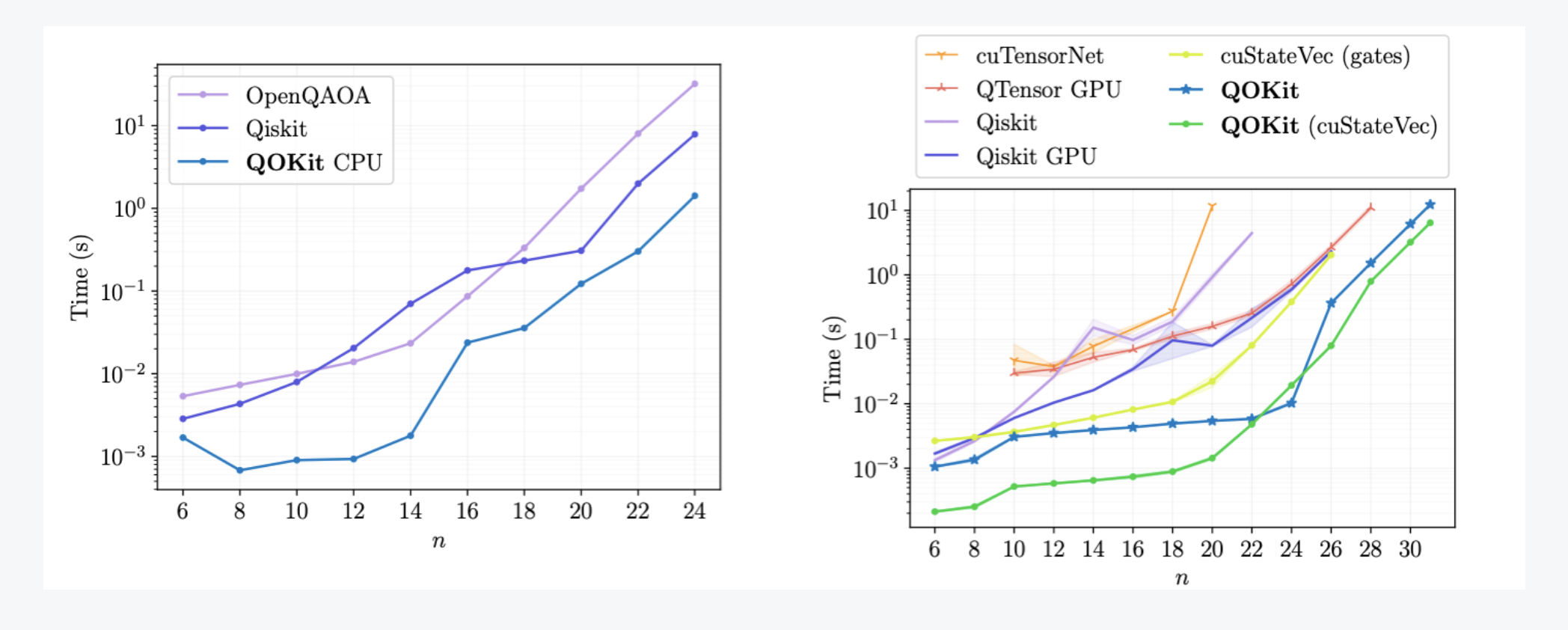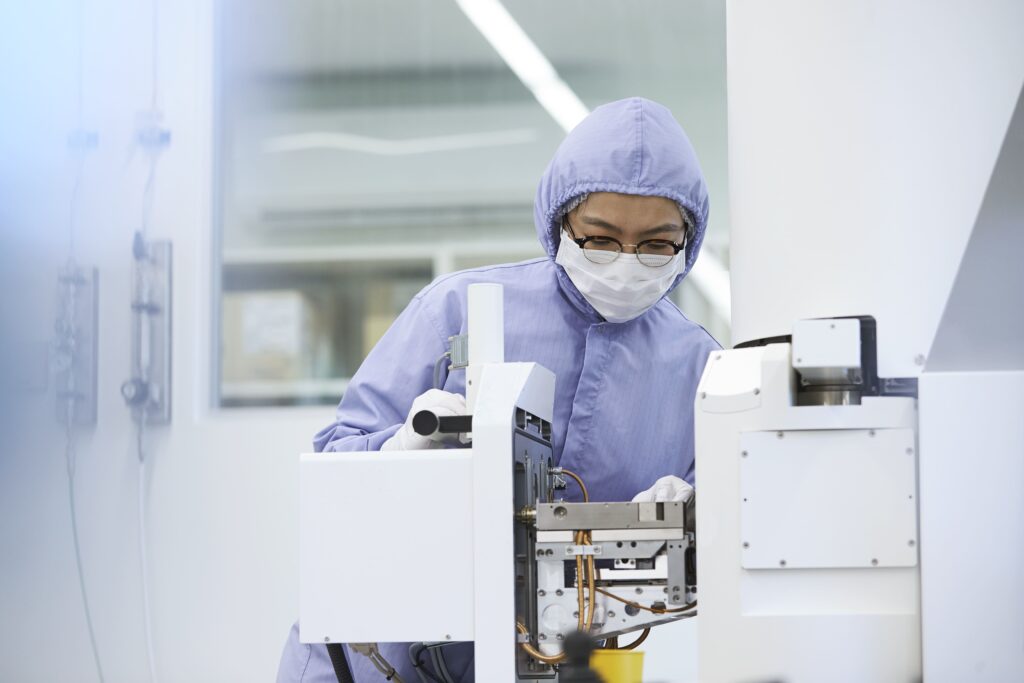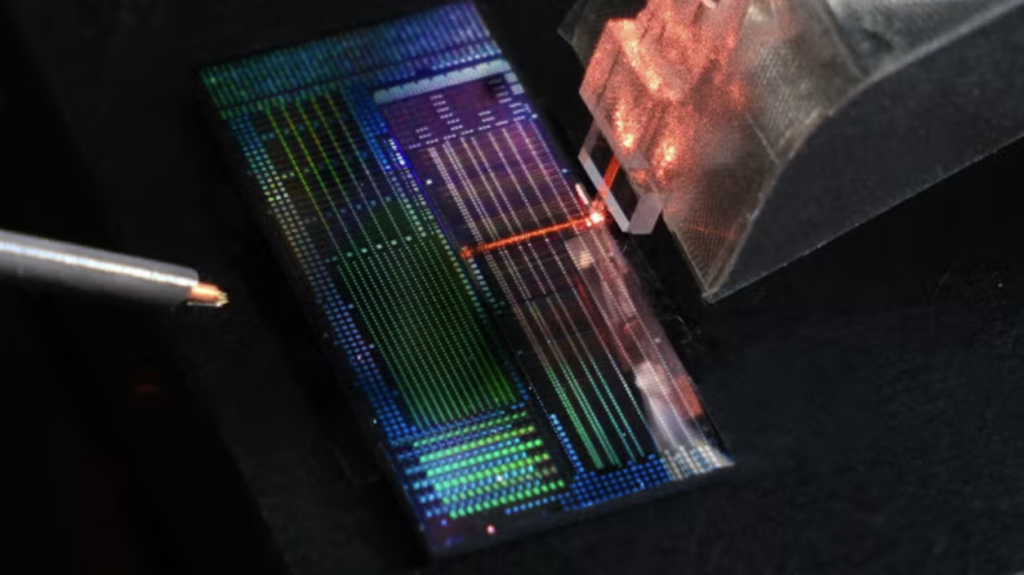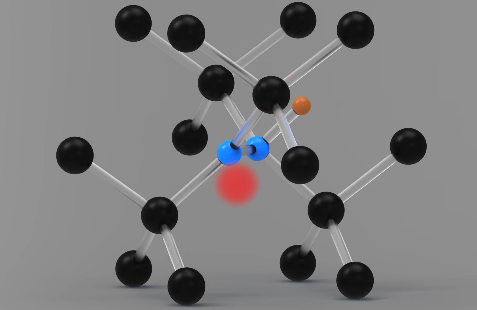Insider Brief
- Global Technology Applied Research at JPMorgan Chase and the U.S. Department of Energy’s Argonne National Laboratory collaborated to develop QOKit, a Python library and toolset.
- QOKit’s success is partly due to its approach of splitting simulations into pre-computation and evaluation phases.
- Integration with NVIDIA’s cuQuantum library enhanced QOKit’s performance, with a new precomputation step that accelerates simulations by up to seven times.
One of the key use cases for quantum computing is computational finance, with the Quantum Approximate Optimization Algorithm (QAOA) situated as an important part of that exploration. QAOA’s ability to handle a diverse range of combinatorial optimization problems — critical in computational finance — makes it a prime candidate for tasks like graph coloring and portfolio optimization. However, the complexity of QAOA has made theoretical analysis difficult, requiring robust numerical simulations for a deeper understanding of performance.
To address this challenge, Global Technology Applied Research at JPMorgan Chase collaborated with the U.S. Department of Energy’s Argonne National Laboratory to develop QOKit, according to a JPMorgan Chase blog post. This Python library and set of tools is a fast QAOA simulator, equipped to run on platforms varying from a single CPU to a GPU cluster. The integration with NVIDIA’s cuQuantum library enhances QOKit’s performance, with a new precomputation step that accelerates simulations by up to seven times.
The team’s efforts, posted on the pre-print server ArXiv, culminated in the successful scaling of simulations up to 40 qubits, using over 1,000 GPUs per simulation on the Polaris supercomputer. This was an important step in demonstrating the scalability and effectiveness of QAOA for classically intractable problems like the Low Autocorrelation Binary Sequences (LABS) — these are are strings of 1s and -1s arranged in a way that each part of the sequence looks very different from any other part when shifted.

Marco Pistoia, Managing Director and Head of Quantum Computing at JPMorgan Chase, emphasizes the simulator’s impact: “This unique demonstration of quantum algorithmic speedup with QAOA would not have been possible without our GPU simulator running at scale on Polaris supercomputer hosted at Argonne Leadership Computing Facility.”
QOKit’s success is partly due to its approach of splitting simulations into pre-computation and evaluation phases. Its high performance on GPU benchmarks, especially against other simulators on an NVIDIA A100 Tensor Core GPU, highlights this efficiency.
Computational Challenges
The team faced challenges in scaling up the simulation for larger problems. They experimented with two approaches to distributed simulation: one using MPI-only communication and another with cuStateVec communication, which combines global MPI communication with local peer-to-peer interactions. The cuStateVec approach showed significantly better communication timings, as demonstrated in their studies.
Yuri Alexeev, Principal Project Specialist at Argonne National Laboratory, recognizes the significance of this achievement: “The main motivation for creating supercomputing facilities like Argonne Leadership Computing Facility (ALCF) is to enable such tour-de-force numerical studies. It is gratifying to use our NVIDIA GPU-based Polaris supercomputer to enable algorithmic advancements in quantum computing.”
QOKit’s development represents a significant advancement in quantum computing, particularly for computational finance. By leveraging advanced simulation techniques and the power of GPUs, it offers a promising glimpse into the future of quantum algorithmic speedups and their practical applications.
If you found this article to be informative, you can explore more current quantum news here, exclusives, interviews, and podcasts.


















